Disinsection
Effective control of all types of crawling and flying insects in all types of facilities, protecting health and property from unwanted pests.
Concept and Definition
Disinsection is a set of organized measures and procedures aimed at controlling or reducing the population of harmful and unwanted insects to a biologically acceptable minimum. The primary goal of disinsection is to protect human and domestic animal health, as well as to prevent economic damage that insects can cause in agriculture, the food industry, and daily living environments.
Disinsection measures can be:
- Prophylactic (preventive) – aimed at preventing the appearance of insects,
- Curative (remedial) – applied when an infestation is already present.
Types of Disinsection Measures
1. Mechanical Measures
These involve the physical removal of insects and preventing their access to a space. This group includes:
- regular cleaning and hygiene maintenance,
- installation of UV devices,
- use of sticky tapes,
- installation of protective nets,
- use of mechanical traps and barriers.
2. Physical Measures
These are based on the application of physical factors that adversely affect insects. They include:
- thermal treatments (use of flame, hot water, steam, and dry heat),
- freezing in some cases,
- exposure to sunlight (for small quantities of goods).
3. Biological Measures
These involve the use of natural enemies of insects, such as:
- predators (e.g., certain species of birds, beetles, and nematodes),
- pathogenic microorganisms (fungi, bacteria, viruses),
- insecticidal plants and plant extracts.
4. Chemical Measures
These are the most commonly used in practice. They involve the use of insecticides and repellents from various chemical groups. The choice of preparation depends on:
- the species and developmental stage of the insect,
- the degree of infestation,
- the type and purpose of the space where the treatment is performed.
Most Common Harmful Insects in Human Environments

GERMAN COCKROACH (Blattella germanica)
- Appearance: Light brown color, body length 10–15 mm.
- Development Conditions: Moist and warm environments.
- Habitats: Households, kitchens, bakeries, restaurants, hospitals, food processing plants.
- Significance: Contaminates food with its secretions, potential carrier of pathogens.
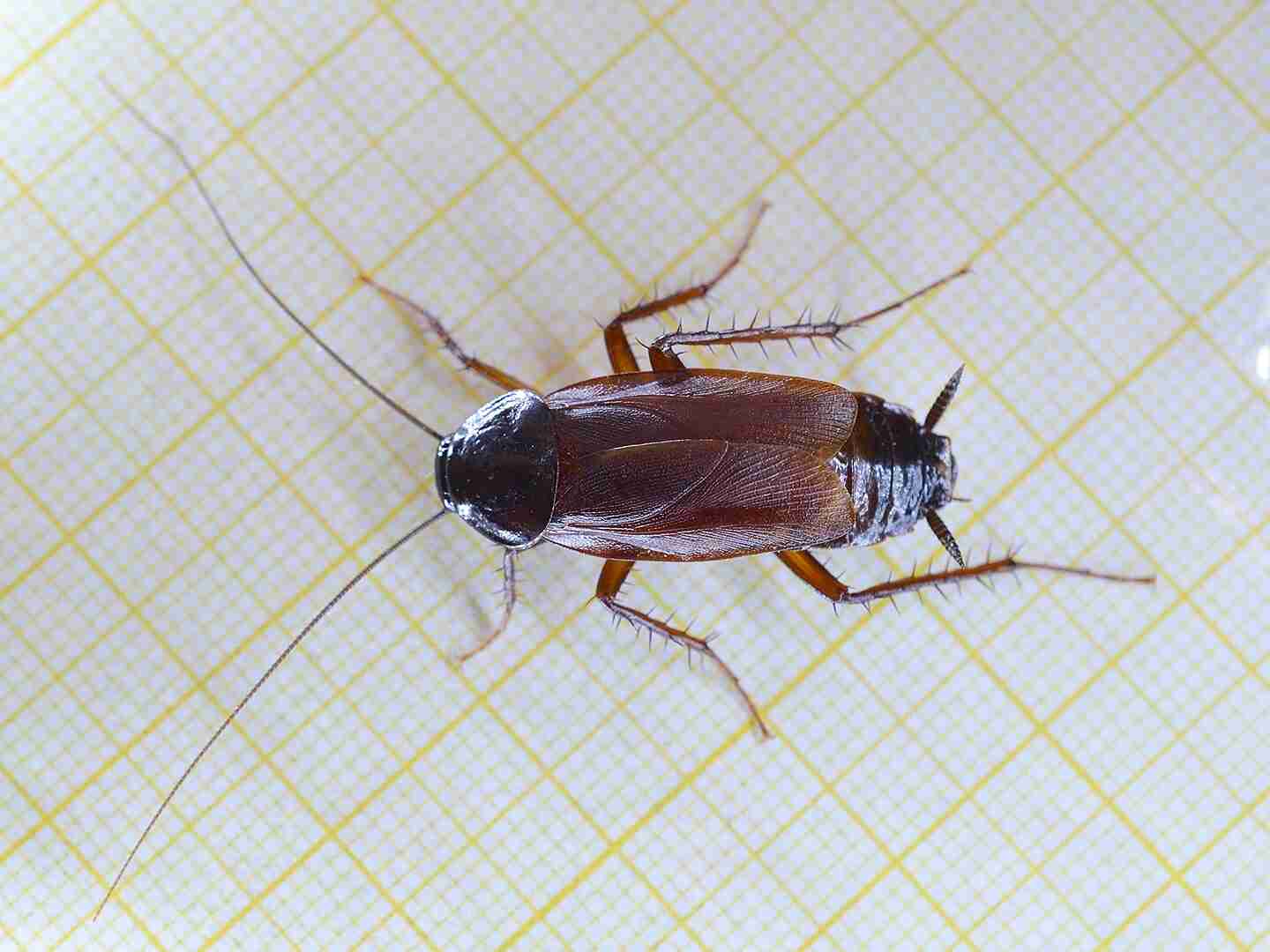
ORIENTAL COCKROACH (Blatta orientalis)
- Appearance: Dark brown to black, body length 20-30 mm.
- Development Conditions: Damp and dark places.
- Habitats: Basements, sewers, under refrigerators, washing machines, in wall cracks and drains.
- Significance: Contaminates surfaces and food, can transmit pathogens and cause allergic reactions and asthma.
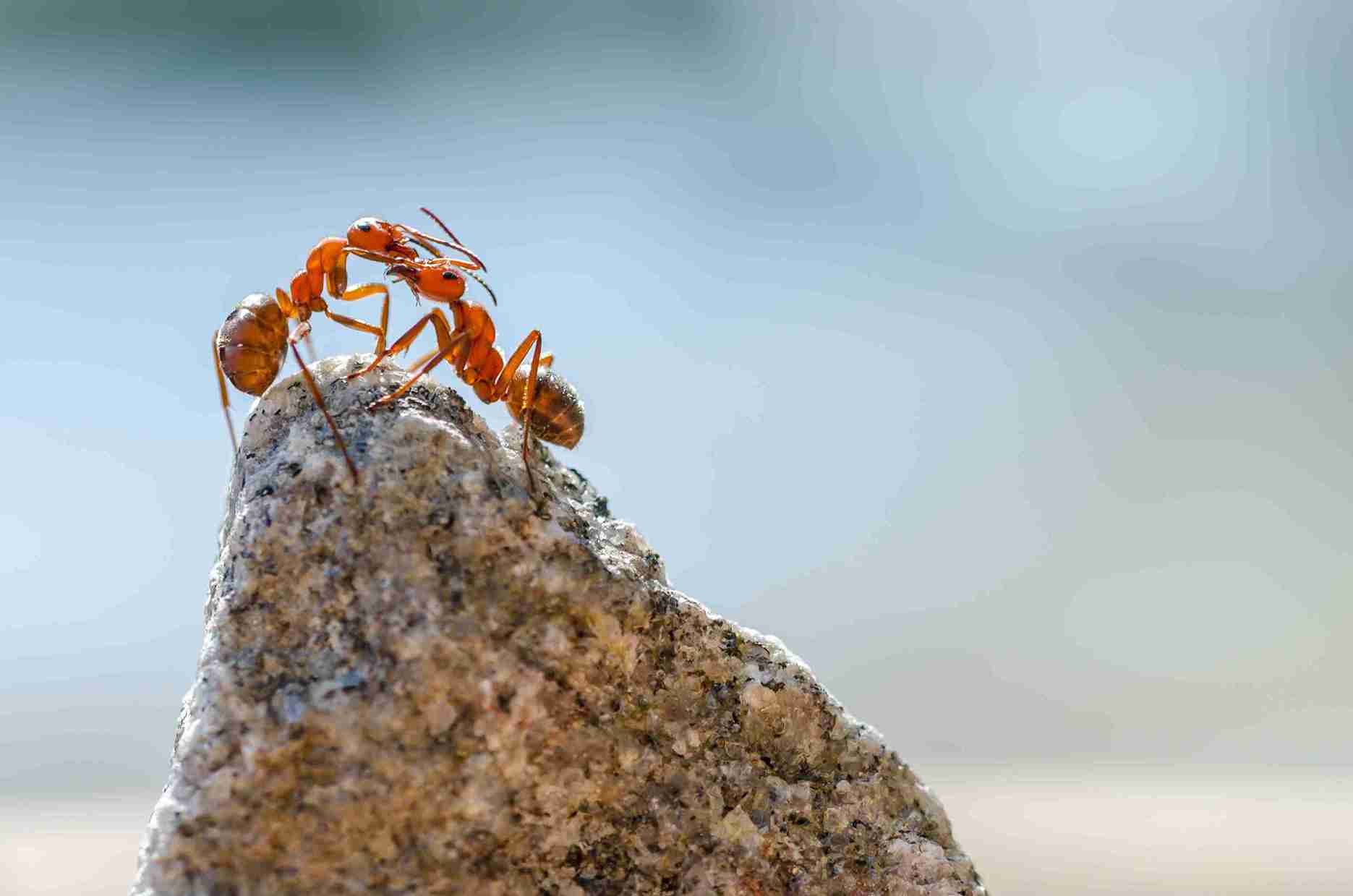
ANTS (Black and Pharaoh)
- Habitat: Live in colonies that can number up to a million individuals. They most often enter buildings in the spring.
- Characteristics: They leave a pheromone trail in search of food. The appearance of a few ants usually indicates the beginning of an infestation.
- Significance: They transmit pathogenic microorganisms and can cause allergic reactions.
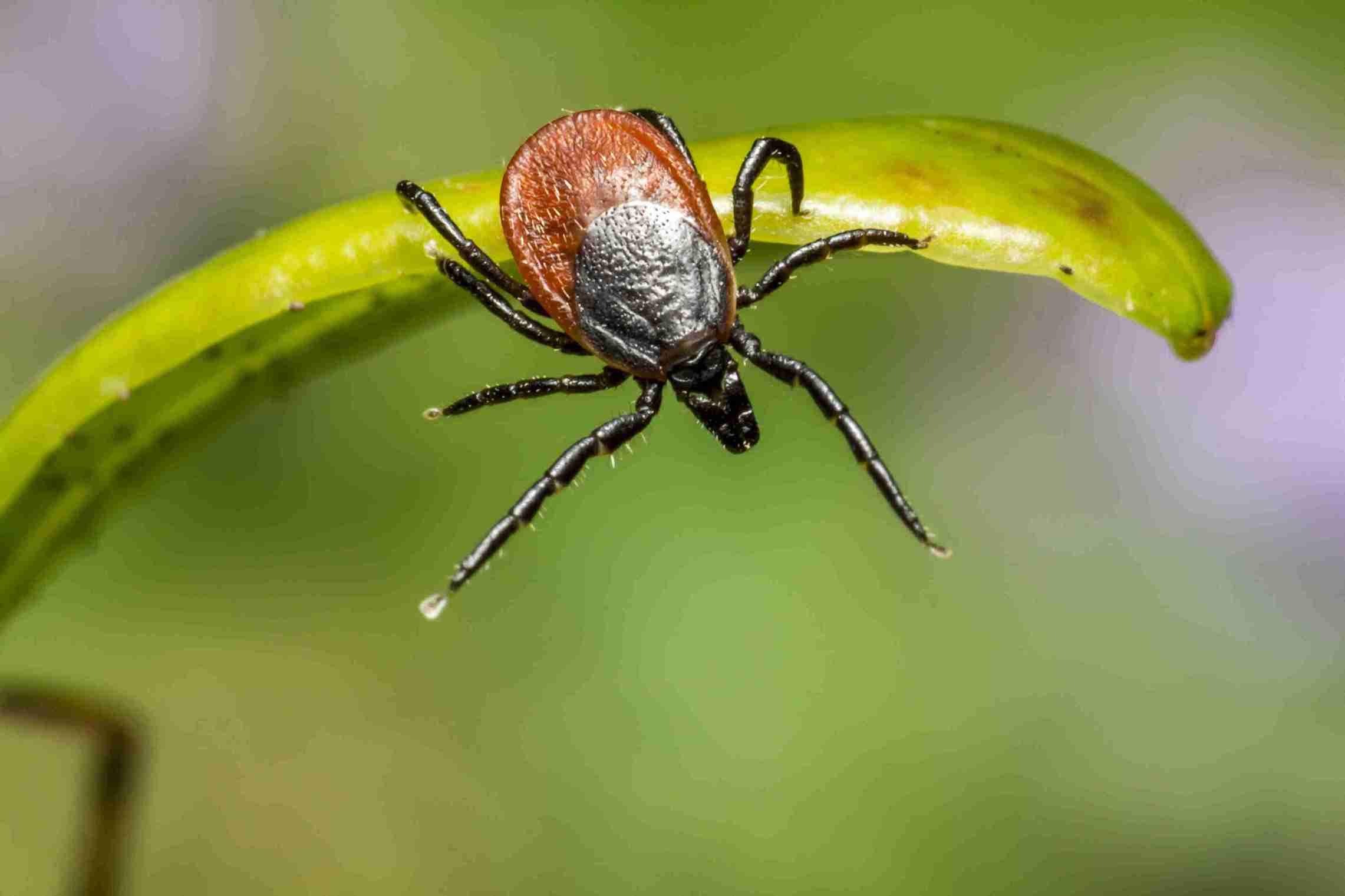
TICKS (Ixodida)
- Appearance: Spider-like parasite with 4 pairs of legs, small body, without wings and antennae.
- Habitat: Meadows, forests, tall grass, bushes, parks, and yards.
- Significance: They are very dangerous because they transmit infectious diseases, the most famous of which are Lyme disease and tick-borne encephalitis.
MOSQUITOES (Culicidae)
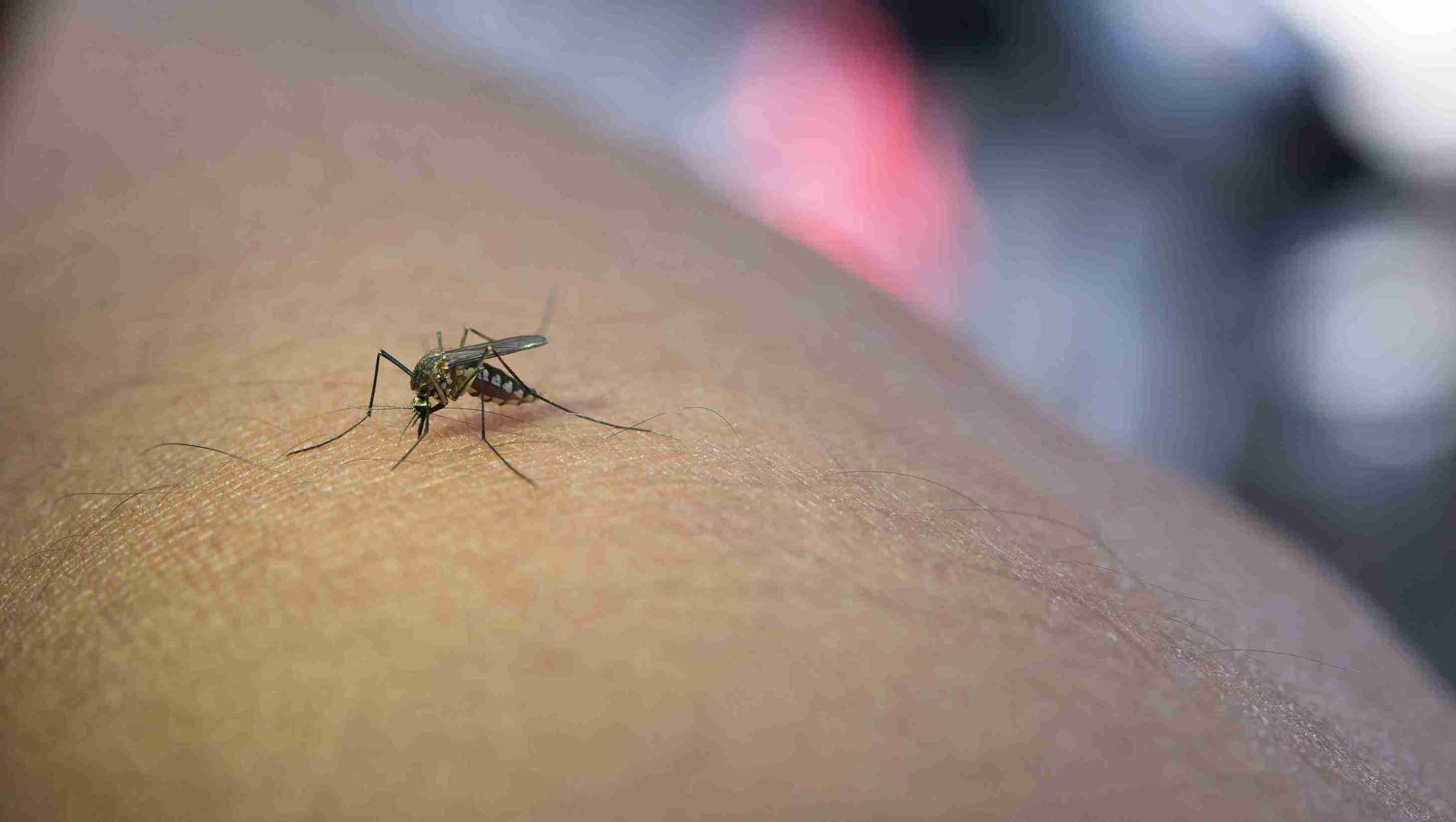 Culex pipiens
Culex pipiens(common house mosquito)
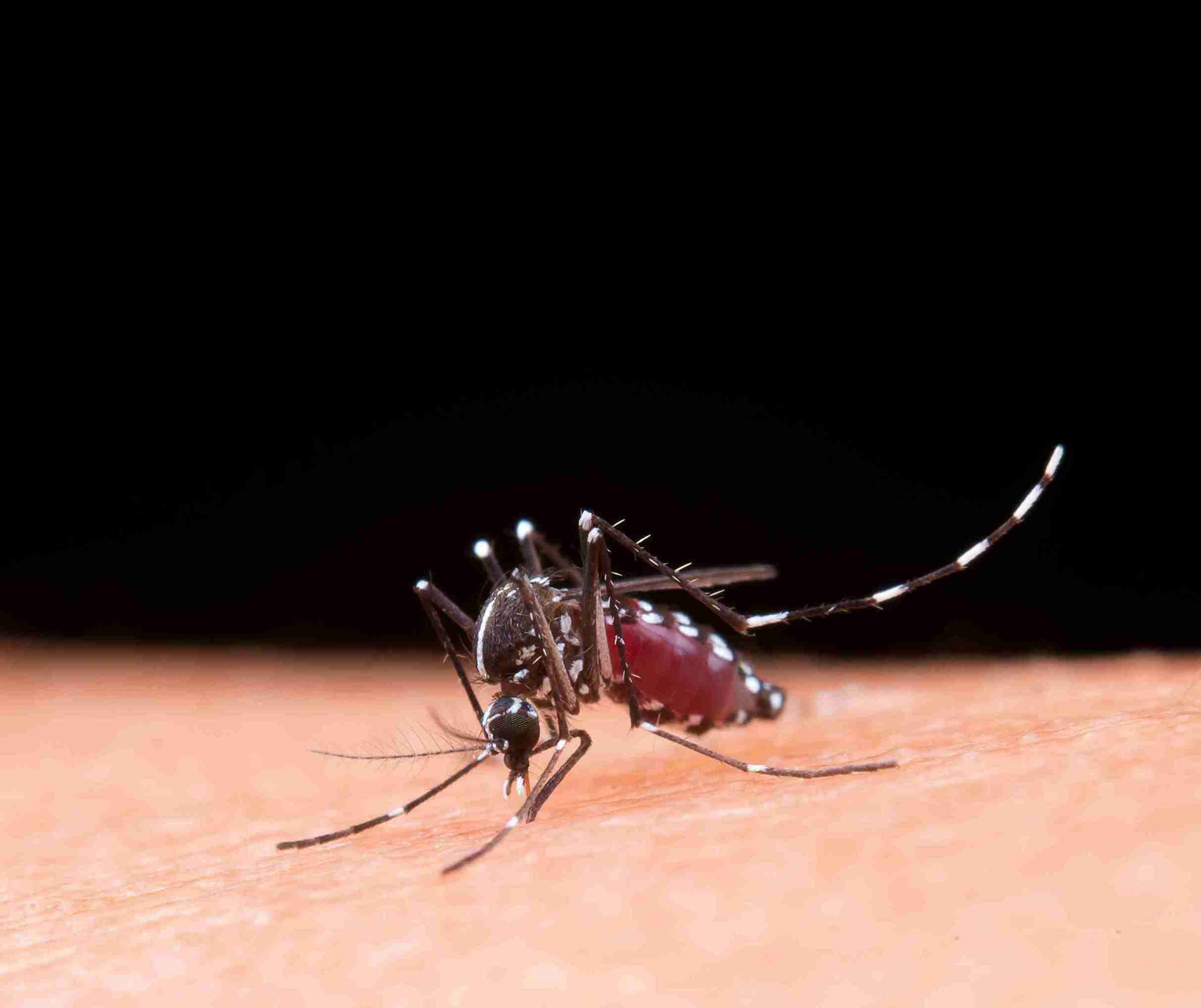 Aedes albopictus
Aedes albopictus(tiger mosquito)
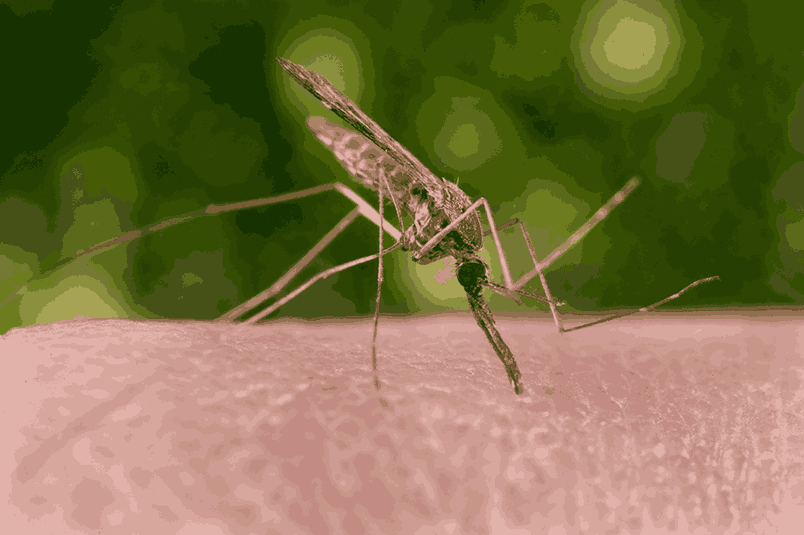 Anopheles spp.
Anopheles spp.(malaria mosquito)
- Characteristics: The development cycle (egg, larva, pupa) takes place in water. Only adult females feed on blood.
- Habitat: They concentrate around stagnant water (ponds, buckets, clogged gutters).
- Significance: Vectors of numerous infectious diseases, responsible for hundreds of thousands of deaths worldwide annually.
- Control: Combines larvicidal treatment (controlling larvae in water) and adulticidal treatment (controlling adult individuals).
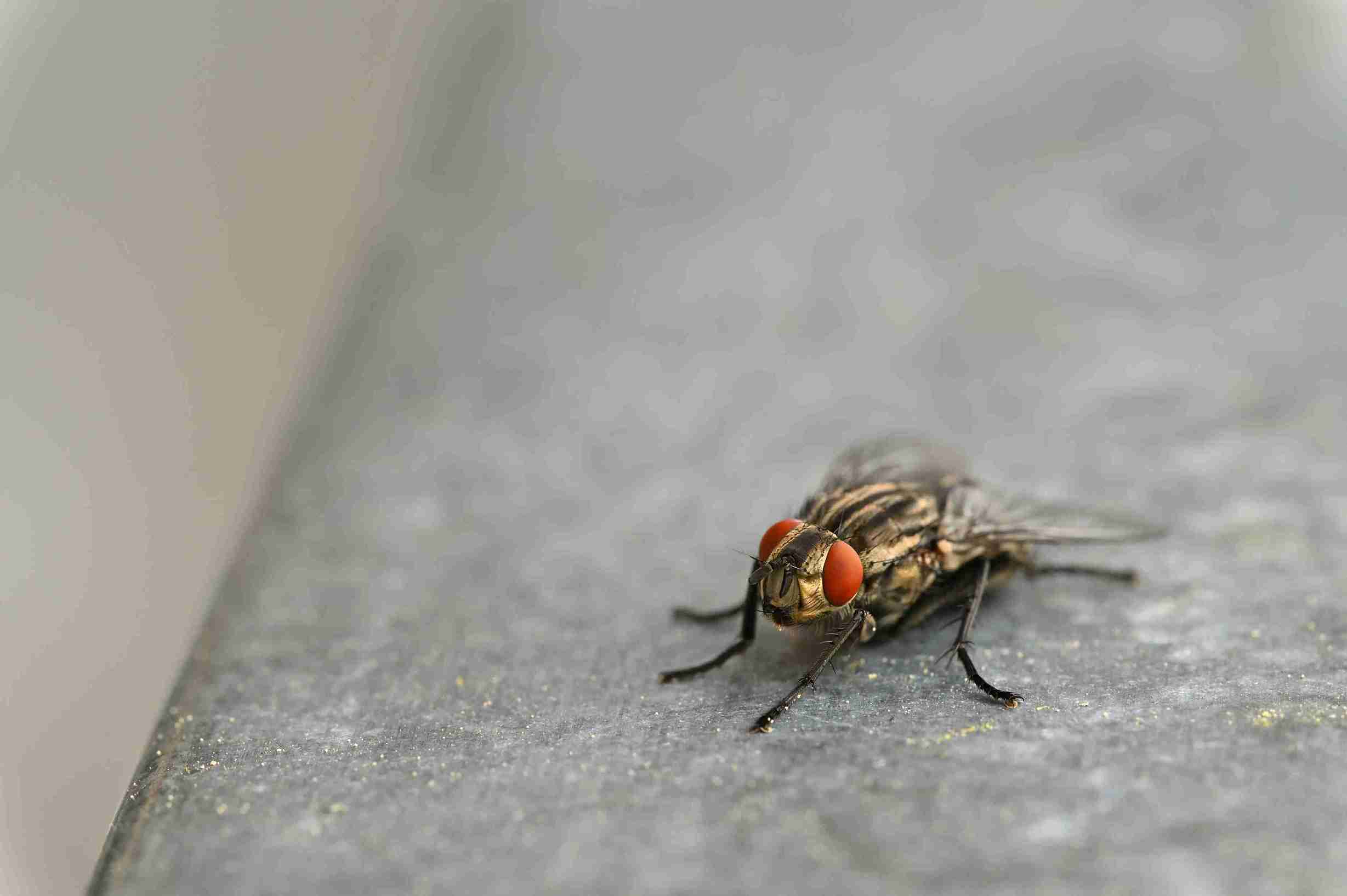
HOUSE FLY (Musca domestica)
- Appearance: Size about 6–7 mm, gray with black stripes on the thorax and large red eyes.
- Habitat: Garbage cans, landfills, barns, places with decaying organic matter.
- Characteristics: They reproduce very quickly (cycle lasts 7-10 days).
- Significance: They transmit over 60 diseases (typhoid, dysentery, salmonella) by contaminating food.
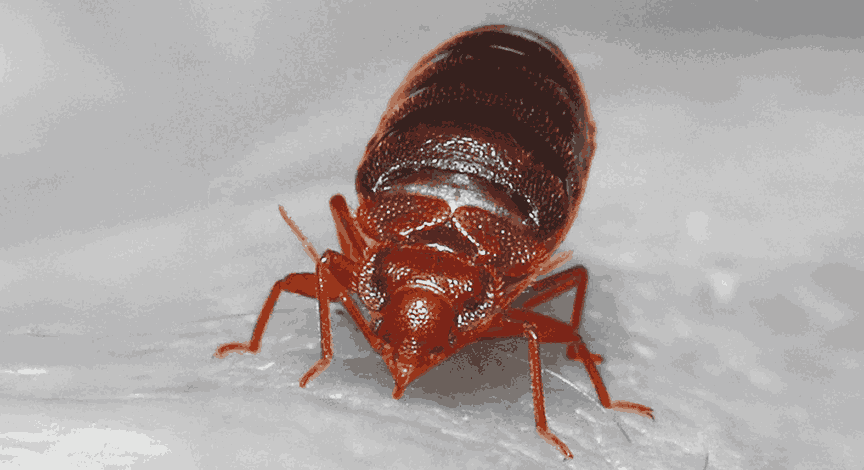
BED BUG (Cimex lectularius)
- Appearance: Small insects, 4–7 mm in size, flat and oval.
- Habitat: Mattresses, upholstered furniture, cracks in walls, electrical outlets.
- Characteristics: They feed on the blood of humans and animals, most active at night.
- Significance: They do not transmit diseases, but their bites cause itching, redness, and allergic reactions.
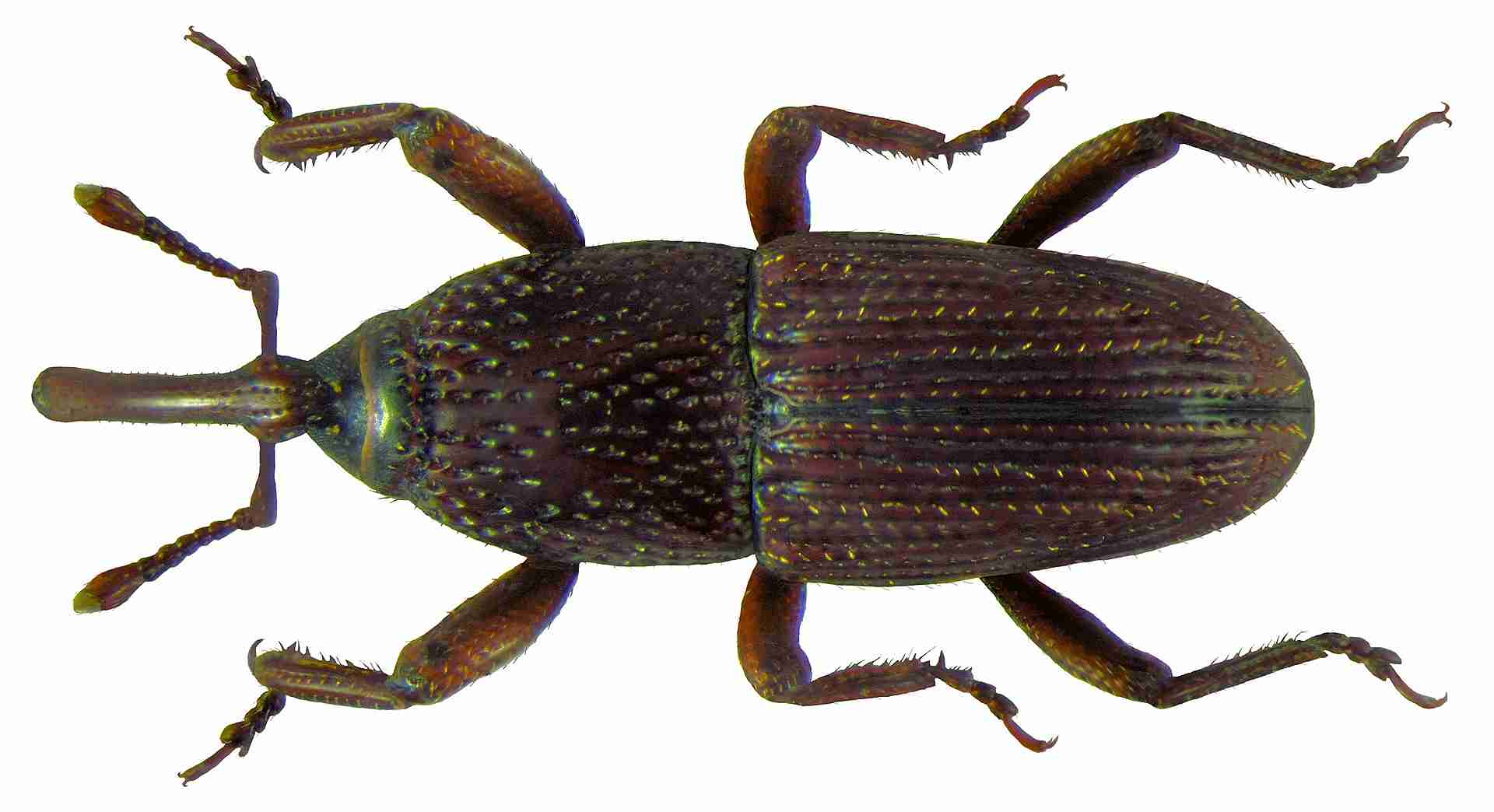
GRANARY WEEVIL (Sitophilus granarius)
- Description: 3–4.5 mm in size, chestnut to black in color, with a characteristic snout on its head.
- Damage: Attacks undamaged grains of wheat, barley, rye, and corn.
- Habitats: Silos, warehouses, mills.
- Significance: Primary stored-product pest.
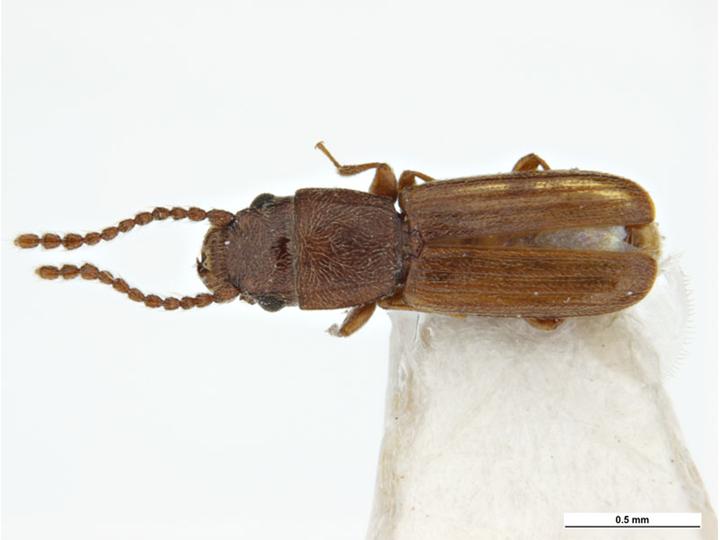
RUSTY GRAIN BEETLE (Cryptolestes ferrugineus)
- Description: 1.5-2.5 mm, reddish-brown, body slightly flattened, with long antennae.
- Damage: Feeds on grains and grain products.
- Habitat: Silos, warehouses, grain processing facilities.
- Significance: Secondary stored-product pest, has developed resistance to phosphine.
Other weevil species: rice weevil (Sitophilus oryzae), maize weevil (Sitophilus zeamais), bean weevil (Acanthoscelides obsoletus).
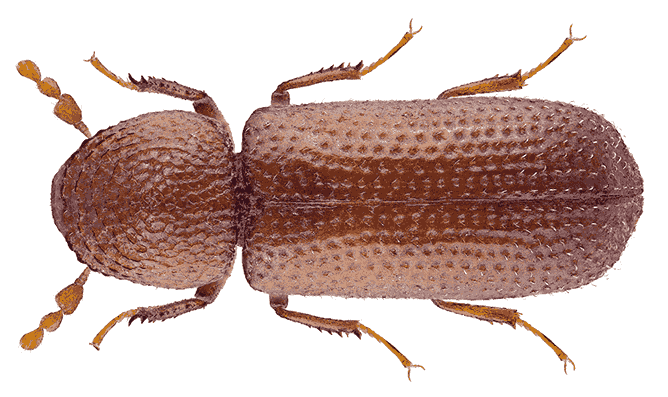
LESSER GRAIN BORER (Rhyzopertha dominica)
- Appearance: 2.5–3 mm, cylindrical body, shiny reddish to rusty color.
- Characteristics: Recognizable by its serrated pronotum and head bent downwards.
- Food: Attacks wheat, corn, rice, and also flour.
- Significance: Primary pest in warehouses, has developed resistance to phosphine.

CONFUSED FLOUR BEETLE (Tribolium confusum)
- Size: 2.6–4.4 mm, reddish-brown to chestnut color.
- Food: Grains, bran, oilseeds, dry plant parts.
- Habitats: Mills, warehouses, bakeries, feed mills.
- Food Contamination: Damages grains and contaminates flour with feces, leading to changes in color and odor.
Conclusion
Effective disinsection requires an integrated approach that combines multiple methods according to the specifics of the facility and the type of insects. Continuous education, regular monitoring for pests, and the application of preventive measures are key to preserving health and preventing material damage caused by insects.
Get in Touch
Let's Start a Collaboration
Ready to raise your safety standards?
- call
- location_on Salaš 341, Čenej, Novi sad
-
Working Hours: Monday - Thursday:
08:00h - 16:00h Friday:
08:00h - 15:30h


